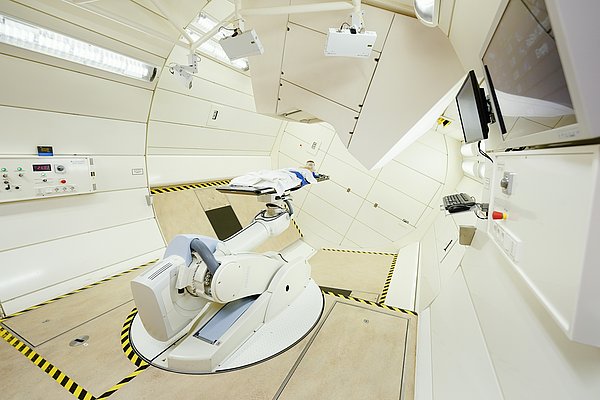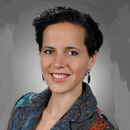Hopp Children’s Cancer Center Heidelberg (KiTZ) is a joint institution of the German Cancer Research Center (DKFZ), Heidelberg University Hospital (UKHD) and Heidelberg University (Uni HD).
Alongside chemotherapy and surgery, radiation therapy is one of the most important treatments for cancer. More precise dosage options and modern radiation methods have contributed to this treatment’s increasing effectiveness with fewer side effects in recent years. As a result, more children have been cured from cancer, improving their quality of life. In rare cases, radiation-induced genetic damage can lead to the development of secondary tumors.
“These secondary tumors grow very aggressively and give physicians little time to treat them correctly. Therefore, it is all the more important to distinguish biologically different secondary tumors from classic tumor recurrences,” explains David Jones, head of the pediatric glioma research department at Hopp Children’s Cancer Center Heidelberg (KiTZ) and German Cancer Research Center (DKFZ).
Scientists and physicians at KiTZ as well as their colleagues from DKFZ and UKHD were now able to show that these secondary tumors have certain biological properties that could potentially be used for diagnosis and therapy. They deciphered the genome of radiation-induced glioma in 32 young patients who had previously received radiation therapy in the head area for leukemia or malignant brain tumors.
In the process, they discovered distinct genetic similarities: The genetic material of most secondary tumors presented with multiplied gene copies of the growth signal PDGFRA, which plays a role in healing processes and embryonic development.
At the same time, the gene for the protein CDKN2A/B, which plays an important role in cell division, was missing. “Secondary tumors are genetically much more homogeneous than we know from primary tumors,“ explains Maximilian Deng, scientist at KiTZ and DKFZ. “Thus, it is easier to molecularly distinguish this tumor class from other brain tumors.“
However, there is no specific time frame in which radiation-induced brain tumors occur, the study shows. Between radiotherapy and the appearance of secondary tumors, sometimes two, sometimes 14 years can pass. “Therefore, a regular follow-up for patients is particularly important,“ emphasizes Stefan Pfister, head of KiTZ, department head at DKFZ and pediatric oncologist at UKHD, who led the study with David Jones.
Deng hopes that the study results will pave the way especially for a more precise diagnosis and more targeted therapy: “The PDGFRA and CDKN2A/B mutations may possibly serve as an approach for personalized targeted therapy in the future. However, further experiments will be needed to confirm this hypothesis.“
Original publication:
Deng, M.Y., Sturm, D., Pfaff, E. et al. Radiation-induced gliomas represent H3-/IDH-wild type pediatric gliomas with recurrent PDGFRA amplification and loss of CDKN2A/B. In: Nature Communications. (Online publication 20th September 2021) DOI: 10.1038/s41467-021-25708-y




